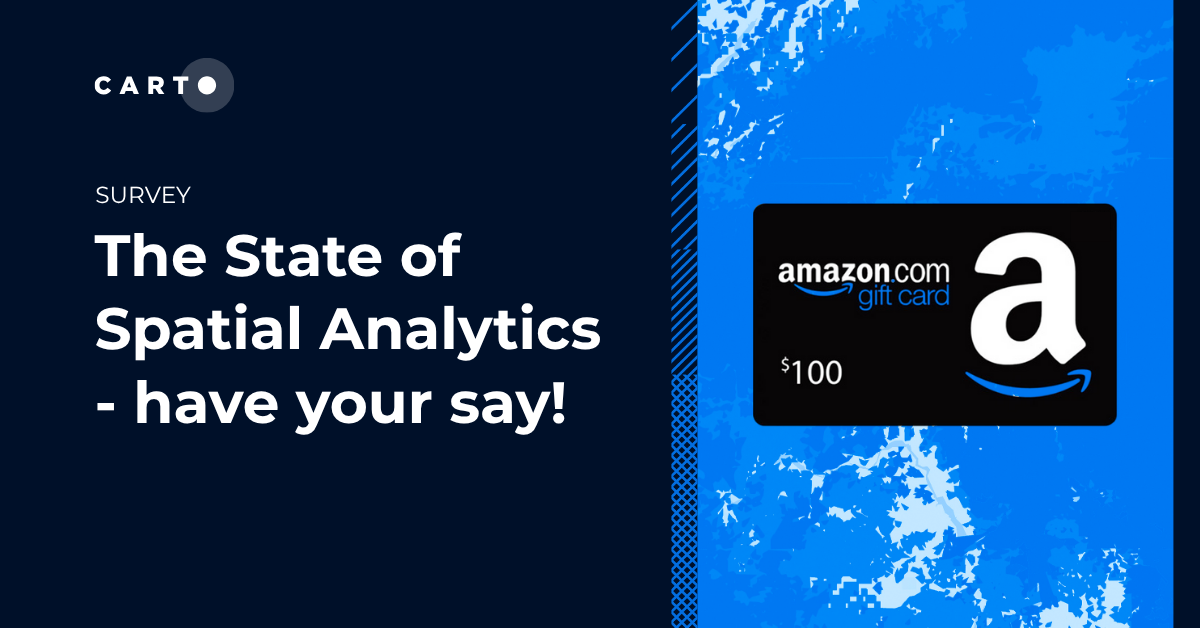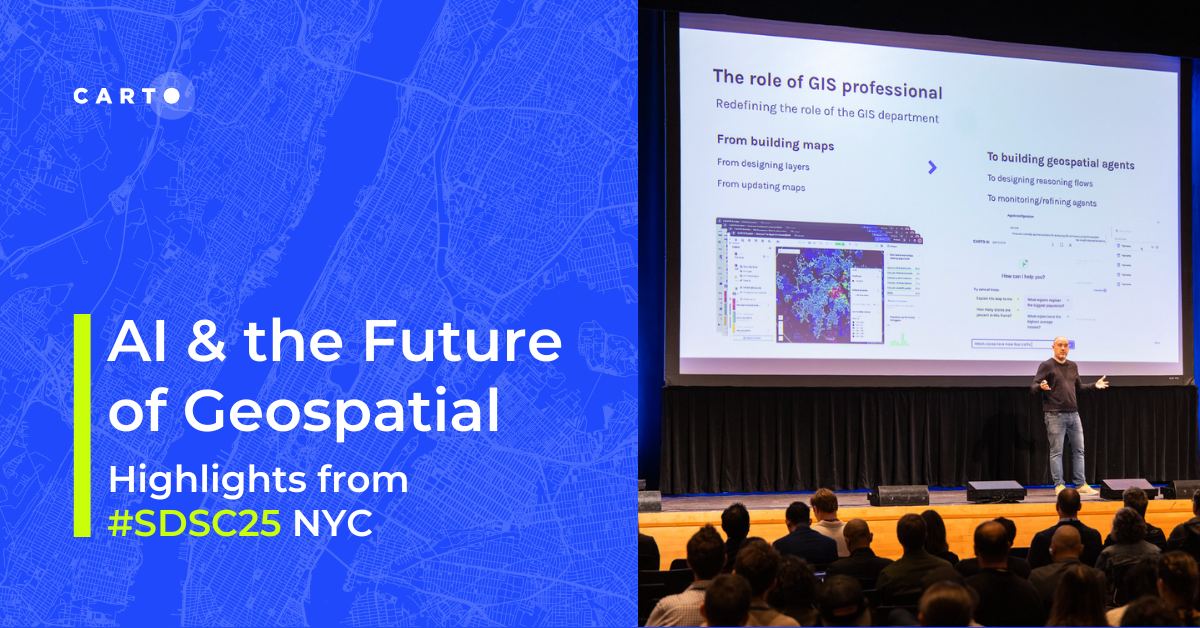Spatial Analysis for Tourism in Partnership with Andorra

With the goal of providing deeper spatial insight into the nature of one of the country's most crucial economic drivers CARTO is excited to be joining in partnership with the Principality of Andorra alongside MIT's City Science Group. With this partnership Andorra aims to better monitor understand and analyze their tourism industry a major economic driver and explore mobility and behavioral patterns.
Tourism represents approximately 46% of Andorra's economy. Located in the eastern Pyrenees Andorra is home to a population of just over 76 000 people. Despite its size the country sees approximately 8 million visitors per year. These tourists coming from all over the world but with a significant number coming from neighboring Spain and France the UK The Netherlands and other European nations are a key resource for the country's economic growth.
Diverse Expertise for a Comprehensive Understanding
This new partnership was established with the Andorra Innovation Hub. A public/private partnership involving stakeholders from a number of ministries government agencies and private sector entities working to support the nation's Innovation to transform the national economy.
Working sessions as part of the partnership have already begun with approximately 30 experts in fields such as data visualization human behavior and tourism innovation coming together to develop new tools and methodologies for understanding and analyzing this critical industry.
These working groups are utilizing CARTO's spatial analysis platform allowing for greater emphasis on geospatial modeling. By leveraging spatial models developed by the CARTO team in conjunction with telco data experts and innovators have a more comprehensive view of tourist behavior than ever allowing for smarter and more detailed policy proposals.
The above tourism analysis map for example allows users to investigate a diverse range of variables that impact tourism and mobility. The map layers point of interest data urban density statistics polygons reflecting tourism activity 'zones ' and more and allows users to filter their data based on country of original and time of day.
Replacing analog methodologies such as physical surveys with digital solutions that draw on modern data streams provides a more contemporaneous and granular view view of the country's tourism industry and tourist behavior. Going deeper than just digital data visualization and mapping spatial analysis empowers the experts and partnership program participants to answer more complex questions. Rather than simply asking "where are tourists going " spatial analysis allows them to answer questions like "what are the patterns underlying tourist behavior and how can those patterns predict future behavior."
Country-wide Industry Analysis Powered By Location Intelligence
Working in Andorra over the past four years has confirmed that this tiny nation is an ideal living laboratory. We have access to unprecedented country-scale data and we can explore solutions to looming societal problems - from climate change to equitable transportation - that can scale to the larger world. We also have direct relationships with ministers empowered to quickly adjust priorities and set public policy.
- Kent Larson - Director - City Science Group - MIT Media Lab
The above quote exemplifies why the work being done by this partnership is so exciting. By giving a diverse group of experts access to the latest tools for spatial analysis the partnership will generate insights that drive smarter decisions at the national level. Embracing this kind of program positions Andorra as a global leader in building data-driven policies that support their world-class tourism industry.













.png)
